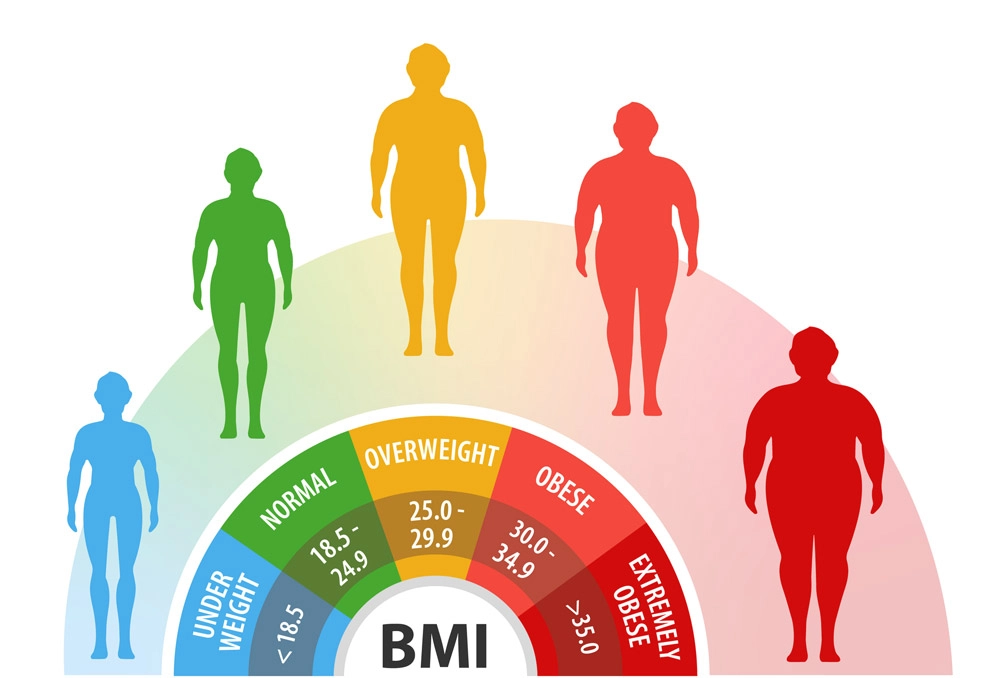In today’s health-conscious world, you may have come across the term “BMI” frequently when discussing weight, fitness, and overall health. BMI, short for Body Mass Index, is a vital tool used by healthcare professionals to assess body weight in relation to height.
Understanding BMI can help you gain insights into your weight status and potential health risks. In this post, we will explore what BMI is, how it is calculated, what it means for your health, and its limitations.
What is BMI
Body Mass Index (BMI) is a numerical value calculated by dividing a person’s weight in kilograms by the square of their height in meters. It is a widely used screening tool to categorize individuals into different weight status categories, indicating whether they are underweight, normal weight, overweight, or obese.
BMI Categories
- Underweight: BMI less than 18.5
- Normal Weight: BMI between 18.5 to 24.9
- Overweight: BMI between 25.0 to 29.9
- Obese: BMI 30.0 and above
Understanding BMI and Its Significance
BMI is a helpful screening tool to assess the level of body fat and potential health risks associated with excess weight. While it does not directly measure body fat, it provides a quick and relatively simple way to identify weight-related health concerns.
- Health Risk Assessment: Research has shown that individuals with a higher BMI may be at increased risk of developing various health conditions such as type 2 diabetes, heart disease, certain cancers, and musculoskeletal disorders.
- Weight Management: BMI can serve as a starting point for individuals looking to manage their weight. It can guide discussions with healthcare professionals and help set realistic weight loss or weight gain goals.
- Population Studies: BMI is valuable for population-level studies, allowing researchers to analyze trends in weight status across different demographics.
Limitations of BMI
While BMI is a useful tool, it has certain limitations that should be considered:
- Does Not Account for Muscle Mass: BMI does not differentiate between muscle mass and body fat. As a result, highly muscular individuals may have a higher BMI without being overweight or obese.
- Age and Gender Differences: BMI categories may differ in their significance based on age and gender, particularly in children and adolescents.
- Ethnicity and Body Composition: Different ethnic groups may have varying body compositions, which can influence the interpretation of BMI.
Conclusion
BMI is an essential tool to assess weight status and potential health risks associated with excess body fat. While it provides valuable insights, it is essential to remember that it is just one piece of the health puzzle. For a comprehensive assessment of your health, consider consulting a healthcare professional who can factor in other measurements, medical history, and lifestyle factors.
Remember, a healthy lifestyle, balanced diet, and regular physical activity are key components of overall well-being, regardless of your BMI. Embrace a holistic approach to health and strive for a balanced life filled with vitality and happiness.
Sources:
Saint Luke’s
